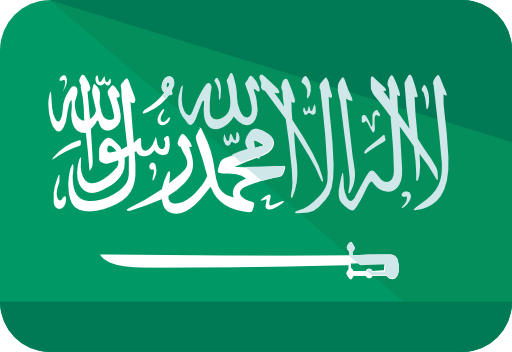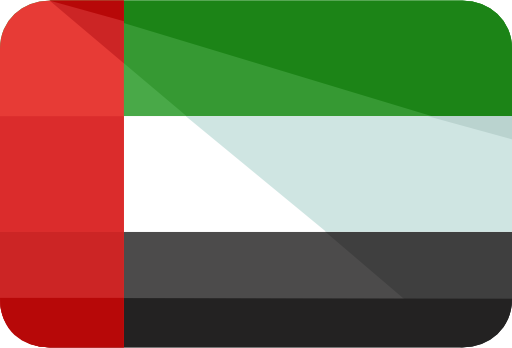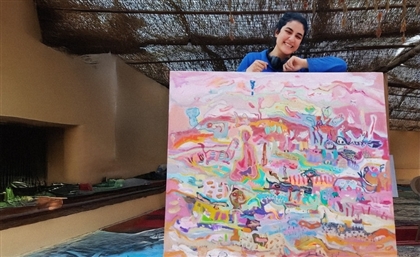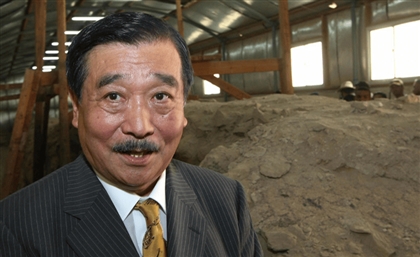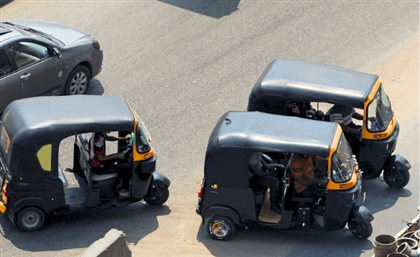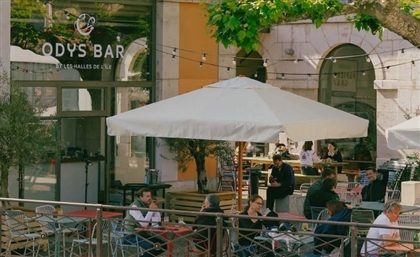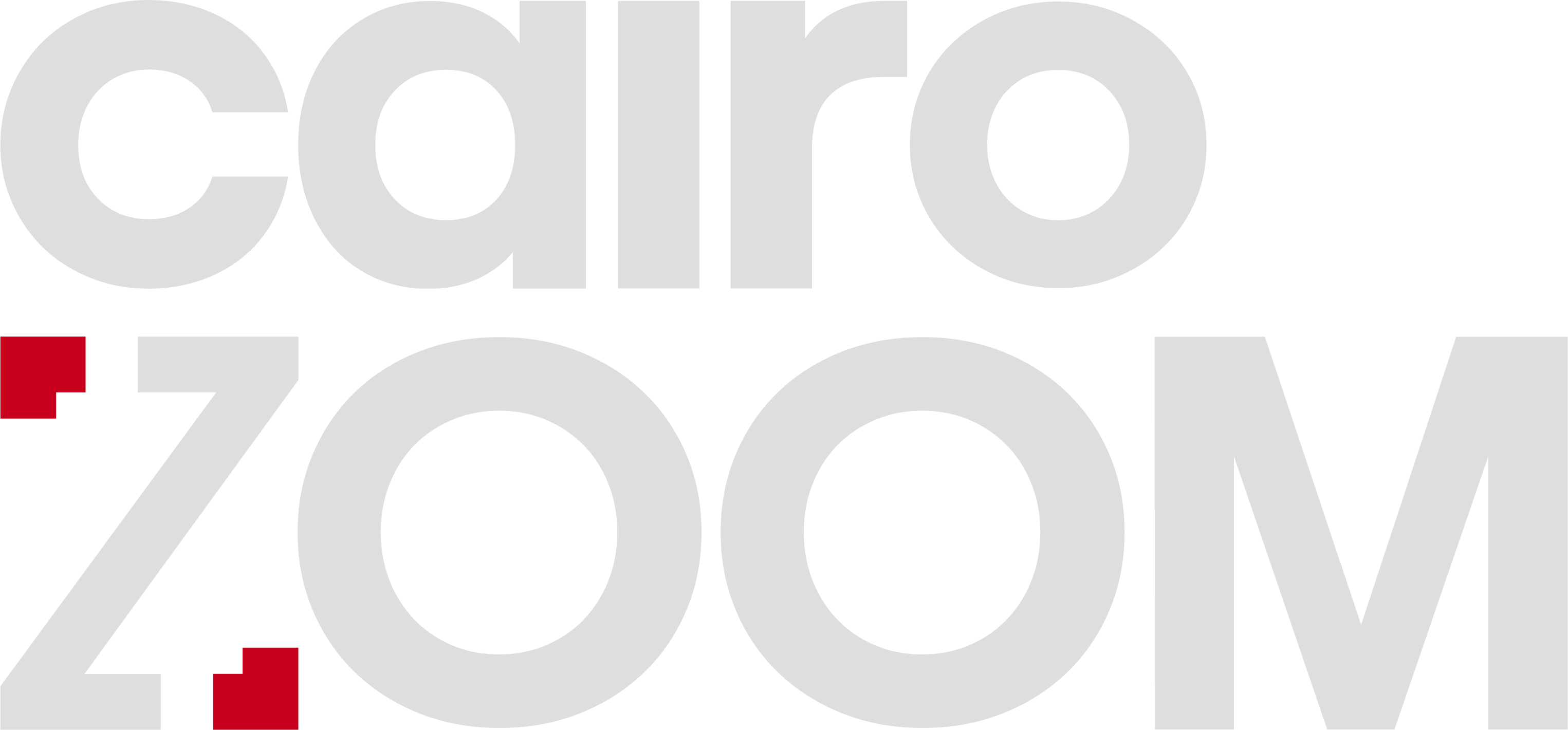To Saudi Artist Huda Beydoun, Art Is a Buffer
We spoke to Beydoun in the coccoon, as she undergoes a fierce creative transformation into "an entirely new version of herself".

: Saudi artist Huda Beydoun has been a popular industry name for years, in both painting and photography. Her work, in fashion photography and in Banksy’s 2015 Dismaland project, has made her familiar in both the regional and global art scene for over a decade. But now, she’s in a process of rebirth.
“I’m on a new path. I’m getting to know a new version of myself artistically,” Beydoun tells SceneNowSaudi, “Maybe my art is slower, more intentional. I’m consciously slowing down to connect with the process itself.” Her art is now more focused on mapping her internal landscape, on using the tools - both physical and abstract - she already has, and eagerly learning to wield more.
Beydoun studied special education with a focus on autism at university. On her own time, she self-studied art, mostly reading what was popular at the time, which was pop art. Her passion for art and working with children created a full circle in her career; the two fields fed each other, and continue to feed each other, to create one whole. 
Mostly using primary colours, Beydoun’s art feels curious, wide-eyed and childlike. “For a while, I worked as an art teacher. I believe the process of observing and mentoring children making art taught me a lot.” To her, approaching the inherent complexity of internal struggles with a child’s mentality makes them more palatable.
On our video call, Beydoun paces around her room, eagerly explaining her new direction. She looks back at her previous work with love. She can’t leave that portfolio behind; the skills it took to build are forever forged in her, but she’s using it for more. “My previous art projects used to be really anxious,” she continues, “They involved a lot of dots, a lot of eyes. In my installation ‘Overexposure’, I was very aware of wanting people to feel anxious when viewing my art.”
In the past year, Beydoun’s work has literally and figuratively looked inward. Her project 'Emotional Landscape’ is a visual representation of what’s under the skin, both emotions and organs. “There’s a recent theme in my work that revolves around making the invisible visible. I’ve been making more note of the fact that I contain emotions, but I also contain organs, cells, neurons.” 
In a 2025 project titled ‘Embroidered States of Mind’, Beydoun uses a medium she hadn’t quite extensively explored - embroidery - to represent the emotional states she recorded daily to put together an embroidered face. Her dots, in previous work, instilled a sense of calm within her, and the repetitive nature of embroidering now reproduces the same feeling, only with an added sense of wide-eyed curiosity. Her synthesised face of emotions was based on a project done that same year called ‘Little Mood Book’, where the artist combined digital media and painting to simply map out her emotional states, according to a key.
Throughout her career, in fact, even before her career began, Beydoun has been guided through interacting with differently abled people, often as part of her profession. “The blind community, in particular, deeply intrigued me. I wanted to understand their experiences and explore ways to collaborate through art. That’s when I met Maram Ali, a Braille teacher and strong voice for her community. Her passion for sharing and my curiosity to understand naturally merged, and the language that connected us was our shared love for art.”
Ali started to explain how she saw the world in colour, which slowly allowed an artist who spent a lifetime using those very same palettes to see them in a different light. This shift allowed her to code her emotions through colour, which led to the creation of ‘Little Mood Book’ and then ‘Embroidered States of Mind’. 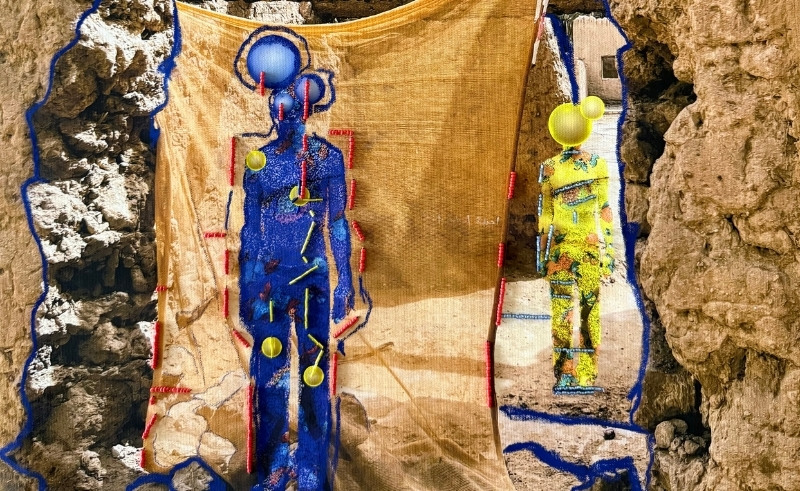
Ali has also recently produced her first painting in Beydoun’s studio, incorporating braille. “Artistic expression is not limited to seeing colour, it’s in what the colours communicate,” Ali tells SceneNowSaudi, “Including braille in art brings it closer to the hearts of blind people and introduces sighted people to our world.”
The duo’s work together is like a shared residency; they both learn from each other, isolated from external art influences. Ali teaches Beydoun Braille, and a new perspective, while Beydoun teaches her art. The process is new territory for both. “At the beginning of our work together, I told Maram [Ali] I didn’t want to use Google to learn how to teach a blind person to do things. I want to ask you. I want you to guide me.”
Beydoun and Ali continue working on their collaboration. They know a project will come out of it, but they’re not quite sure what or when it will be yet. As always, they’re allowing the art to lead them to the final product.
- Previous Article Dimash Qudaibergen to Make Egyptian Debut at The Pyramids Echo
- Next Article Park St. Edition Brings Vertical Mixed-Use Living to New Cairo


